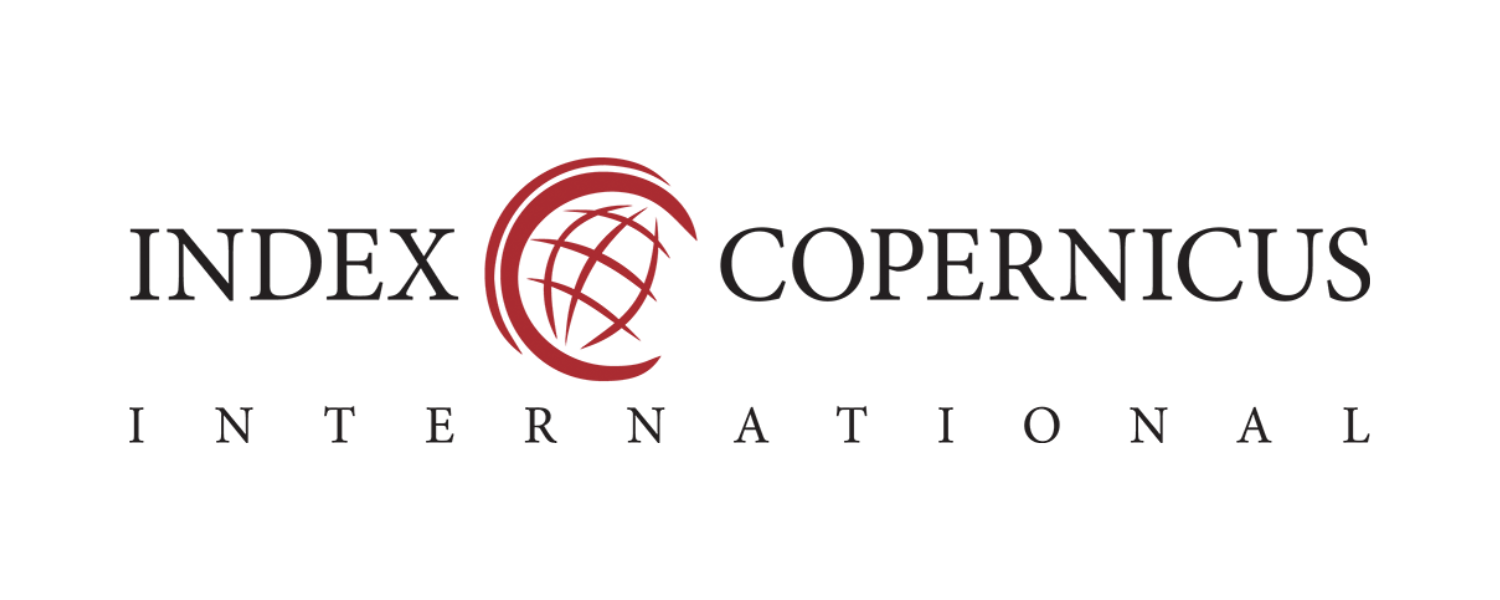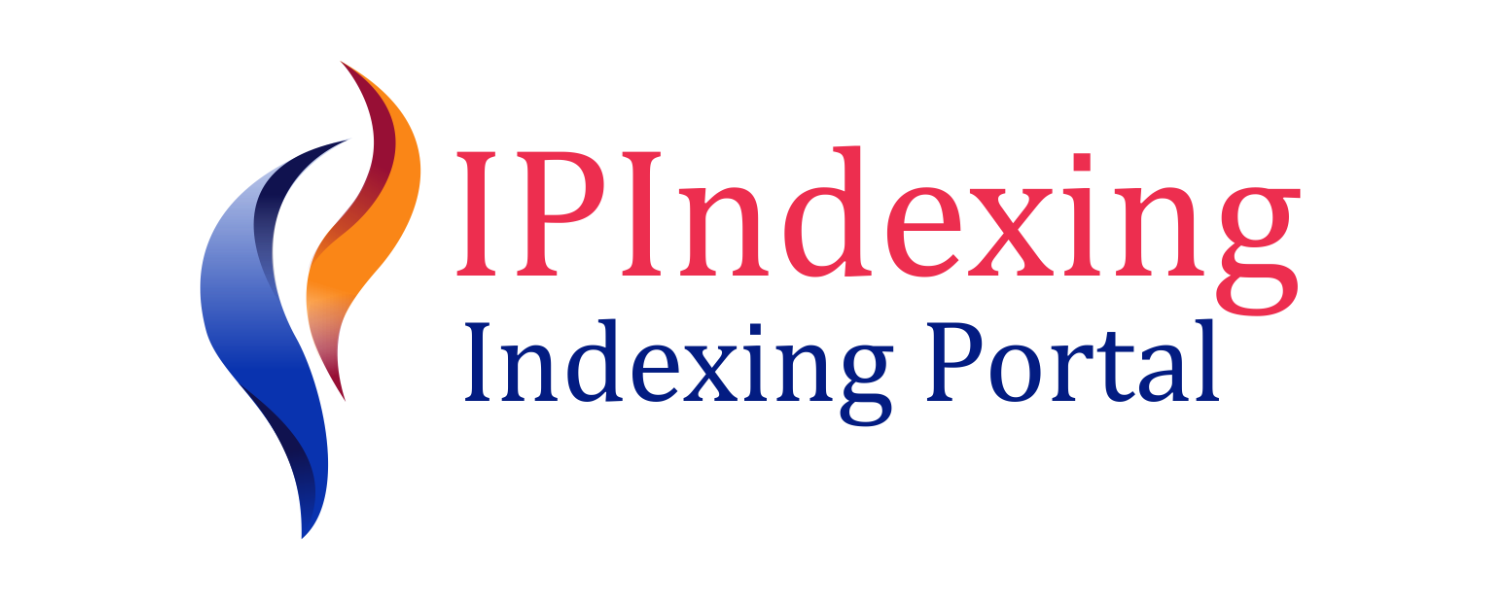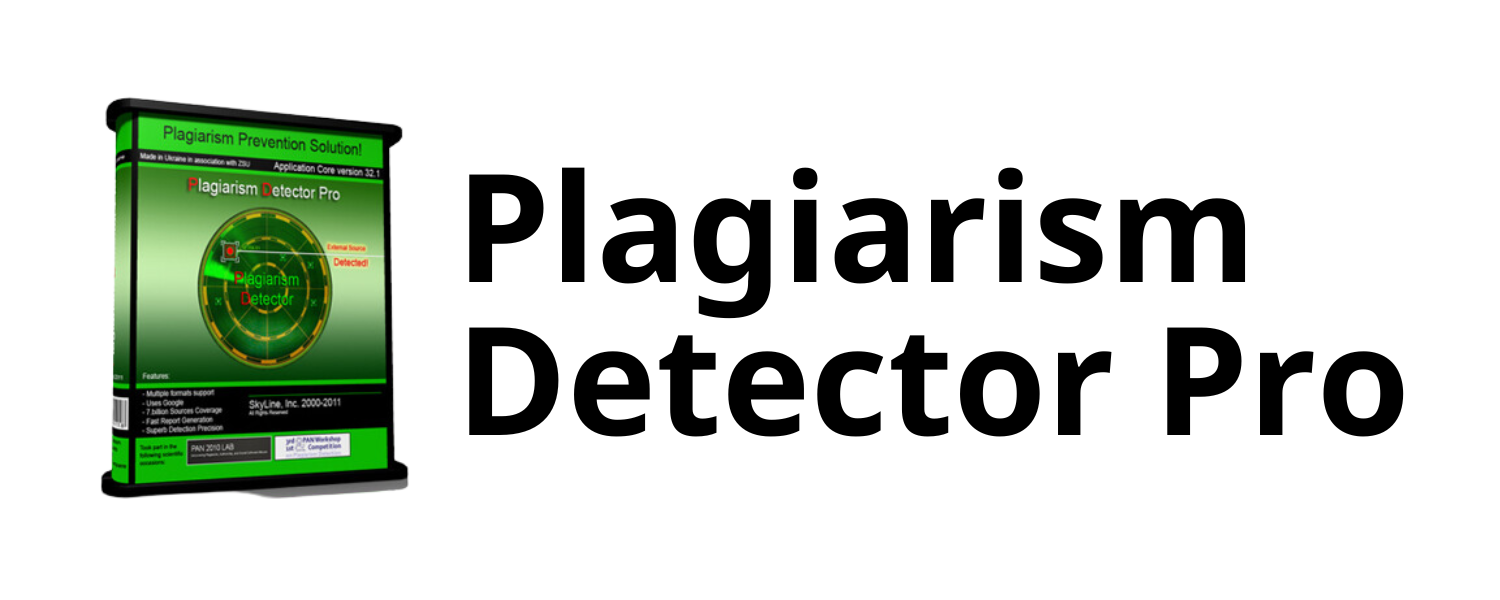A Bibliometric and Thematic Analysis of Digital Marketing Research in Reputable Journals (2010-2024)
DOI:
https://doi.org/10.58812/wsbm.v3i02.1991Keywords:
Digital Marketing, Social Media Marketing, Bibliometric Analysis, VOSviewerAbstract
This study presents a bibliometric and thematic analysis of digital marketing research published in reputable journals between 2010 and 2024, utilizing VOSviewer to map structural, conceptual, and temporal developments in the field. A total of curated Scopus-indexed journal articles were analyzed to identify key trends, prolific authors, collaborative networks, and evolving research themes. The results reveal that digital marketing has undergone significant transformation, with a shift from early emphases on technological enablers such as big data and artificial intelligence to more recent interests in consumer behavior, social media engagement, and sustainability. Co-authorship analysis highlights dominant scholarly clusters in both Western and emerging economies, reflecting a globally distributed knowledge base. Country-level collaboration networks further underscore the increasing contribution of nations like India, Indonesia, and Spain to the digital marketing discourse. Thematic clustering and temporal mapping indicate a maturation of the field, with growing interdisciplinary integration and practical relevance. This study provides critical insights for academics, practitioners, and policymakers aiming to navigate and contribute to the evolving landscape of digital marketing research.
References
[1] D. A. Sinuraya, “Pengaruh Digital Marketing, Persepsi Harga Dan Kualitas Produk Terhadap Minat Beli Pada Jesika Monza Simpang Simalingkar Medan.” Universitas Medan Area, 2022.
[2] M. Alwan and M. T. Alshurideh, “The effect of digital marketing on purchase intention: Moderating effect of brand equity,” Int. J. Data Netw. Sci., vol. 6, no. 3, pp. 837–848, 2022.
[3] K. A. Ardiari and N. N. J. Nuryani, “Pengaruh Digital Marketing dan Harga Terhadap Minat Beli Konsumen Pasca Covid di UMKM Kerajinan Kayu Nyiur Indah Singaraja,” Widya Manaj., vol. 5, no. 2, pp. 159–169, 2023.
[4] M. Phiri, “Exploring digital marketing resources, capabilities and market performance of small to medium agro-processors. A conceptual model,” J. Bus. Retail Manag. Res., vol. 14, no. 2, 2020.
[5] R. Afina et al., “Strategi Marketing Desa Wisata Berbasis Informasi dan Teknologi,” IKRAITH-Teknologi, vol. 6, no. 3, pp. 7–17, 2022, doi: 10.37817/ikraith-teknologi.v6i3.2302.
[6] L. D. Hollebeek and K. Macky, “Digital content marketing’s role in fostering consumer engagement, trust, and value: Framework, fundamental propositions, and implications,” J. Interact. Mark., vol. 45, no. 1, pp. 27–41, 2019.
[7] N. Donthu, S. Kumar, D. Mukherjee, N. Pandey, and W. M. Lim, “How to conduct a bibliometric analysis: An overview and guidelines,” J. Bus. Res., vol. 133, pp. 285–296, 2021.
[8] V. Nesterenko, R. Miskiewicz, and R. Abazov, “Marketing communications in the era of digital transformation,” Virtual Econ., vol. 6, no. 1, pp. 57–70, 2023.
[9] A. W. Prananta, L. Maulidiana, S. A. Sufa, and M. A. Wahyudi, “Impact of Digital Marketing Strategies on Consumer Purchasing Decisions in the Indonesian Market: The Mediating Role of Customer Satisfaction,” Int. J. Business, Law, Educ., vol. 5, no. 1, pp. 530–538, 2024.
Downloads
Published
Issue
Section
License
Copyright (c) 2025 Loso Judijanto, Nuzmerini Rauf, Siske Anani, Rini Angriani Idrus

This work is licensed under a Creative Commons Attribution-ShareAlike 4.0 International License.
























 Instagram
Instagram 